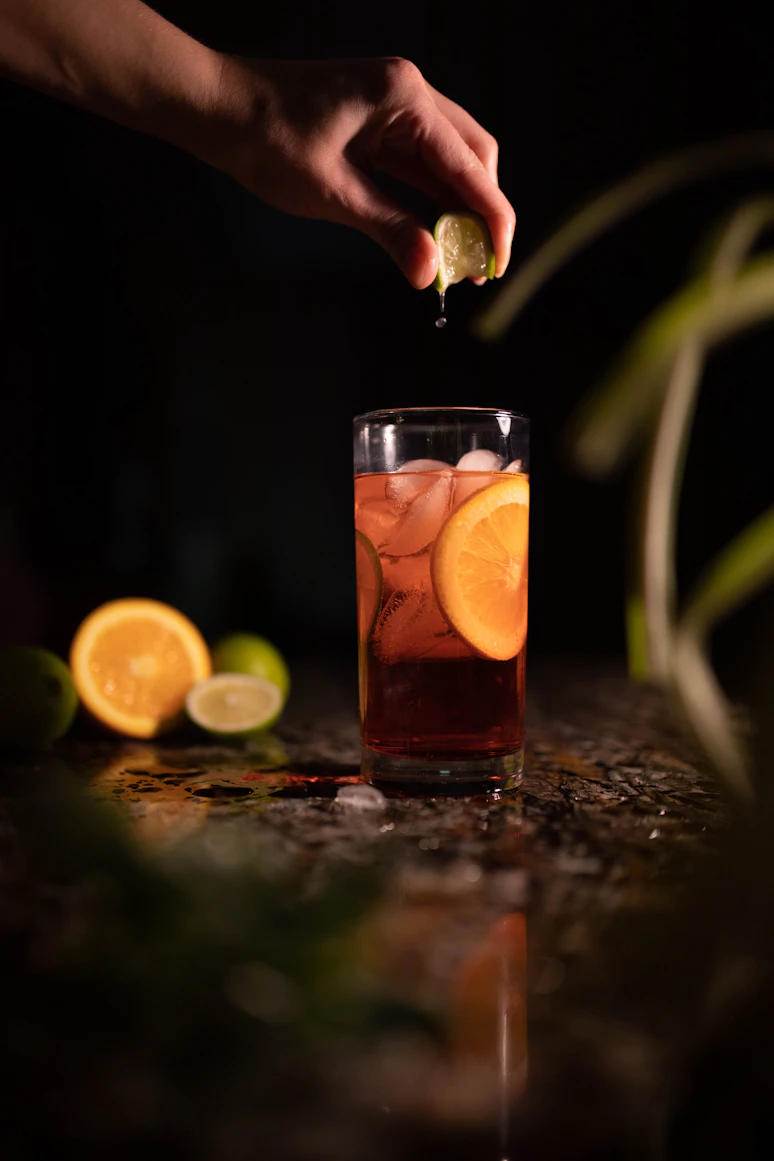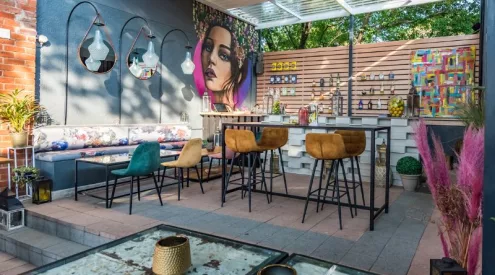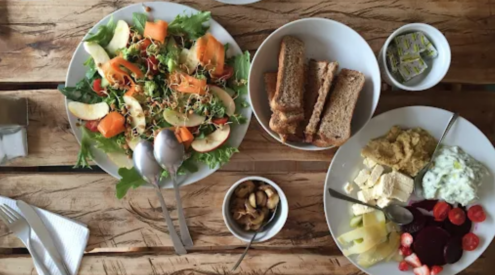In our first blog, The Real Food Trip – Wonders of the West Coast, we described how dry and desolate it is in the summer. A transformation happens sometime between June and July, turning the farmed landscapes bright green and yellow, and bringing a flourish one would not expect of the desiccated summer terrain. This flourish brings with it a surprising abundance of edible plants – in fact, as edible plant enthusiast Hedwig Slabigh tells us, back in the day, for two months of the winter each year over 250,000 hunter gatherers would descend on these parts to forage.
Hunting and gathering
On our second day in mid-summer Paternoster, things weren’t looking quite as abundant, but Hedwig managed to show us a sizeable range of local flora, some of which we squirreled away in our bag for dinner that night. These included dune spinach, wild rosemary, porcelain, tulbaghia (wild garlic), milk thistle, slangbessiebos, sout slaai and spekboom. Anecdotally, Tannie Meisie, a spritely 79 year old with an immaculate home, threw back her head in fits of laughter when we told her we were going to eat soutslaai that night. Fond as she was of veldkool, she could not get her head around the thought of eating soutslaai. ‘Oooh my children will laugh when I tell them!’ she cackled.
Eating off the (very) local land
We prepared the veldkos according to Hedwig’s instructions, washing everything very well. We chiffonaded the mildly flavoured soutslaai and seasoned it with salt, pepper and lemon juice. We then finely chopped the pungent wild garlic, sprinkling it over before topping with the spekboom leaves and the vibrant red slangbessiebos berries (cousin to the goji berry). Hedwig had given us some fennel flowers which we harvested for pollen (fennel dust) to finish off the production.
We’d bought a few harder from some fisherman early in the day, so that we could eat the traditional staple of the area just like the locals we’d spent some time with (see footnote). Hedwig suggested a simple veldkos sauce prepared by blending together some blanched dune spinach, wild garlic, olive oil and sorrel, spiced with salt and pepper.
This meal was probably the most local meal we’ve ever prepared. It felt so wholesome to have gathered most of the ingredients ourselves, and to have supported local fishermen who caught the fish for us. The flavours were subtle and complementary, and it just tasted that much better because it had such a good story!
Note: There is one family in Paternoster with a licence for harder. However, we found out later that harder is on the orange list, so we don’t recommend replicating this meal. You can choose snoek, in season. Always check with FishMS: Tel 079 499 8795

















